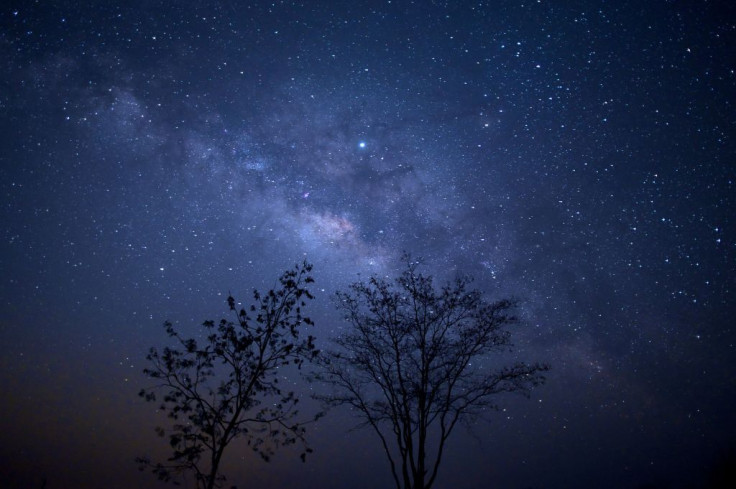Single Star Helped Determine When Milky Way Collided With Gaia-Enceladus
KEY POINTS
- The star v Indi can be found in the Indus constellation
- v Indi was formed early in the life of the Milky Way
- Researchers were able to date the age of v Indi
- By dating v Indi, they were able to place limits on when the Gaia-Enceladus merger happened
The bright star v Indi can be found in the Indus constellation, which can be seen from the southern hemisphere. In a new study, researchers used v Indi as a means to date the ancient galaxy collision between Milky Way and dwarf galaxy Gaia-Enceladus.
NASA’s TESS Dates V Indi
Milky Way has collided with multiple smaller galaxies over the course of its history. Although the star populations from the ingested galaxies can be identified within Milky Way, it is not as easy to date when each merger actually occurred.
That said, stars do carry “records” of their histories, including the conditions in which they were formed. For a new study published in the journal Nature Astronomy, an international team of researchers led by the University of Birmingham focused on star v Indi and, from it, they were able to date a significant collision in the Milky Way's history.
The researchers were able to determine the age of v Indi using astroseismology data from NASA’s Transiting Exoplanet Survey Satellite (TESS). When combined with data from the European Space Agency’s (ESA) Gaia mission, they also determined that v Indi was, actually, born early in the life of the Milky Way.
However, evidence suggests that v Indi’s course was altered when Gaia-Enceladus collided with Milky Way. In fact, the star has hallmarks that it was kinetically heated during the collision event. This means that v Indi was born before the Gaia-Enceladus collision.
“(W)e measure its age to be 11.0 ± 0.7 11.0 ± 0.7 (stat) ± 0.8 ± 0.8 (sys) billion years,” the researchers wrote.
Gaia-Enceladus Collision
By dating v Indi, the researchers were able to date the collision between Milky Way and Gaia-Enceladus. According to the researchers, the earliest that the collision could have begun would be 11.6 and 13.2 billion years ago, with 68 and 95 percent confidence respectively.
“Since the motion of ν Indi was affected by the Gaia-Enceladus collision, the collision must have happened once the star had formed. That is how we have been able to use the asteroseismically-determined age to place new limits on when the Gaia-Enceladus event occurred,” study lead Bill Chaplin said. “This study demonstrates the potential of asteroseismology with TESS, and what is possible when one has a variety of cutting-edge data available on a single, bright star.”

© Copyright IBTimes 2025. All rights reserved.






















